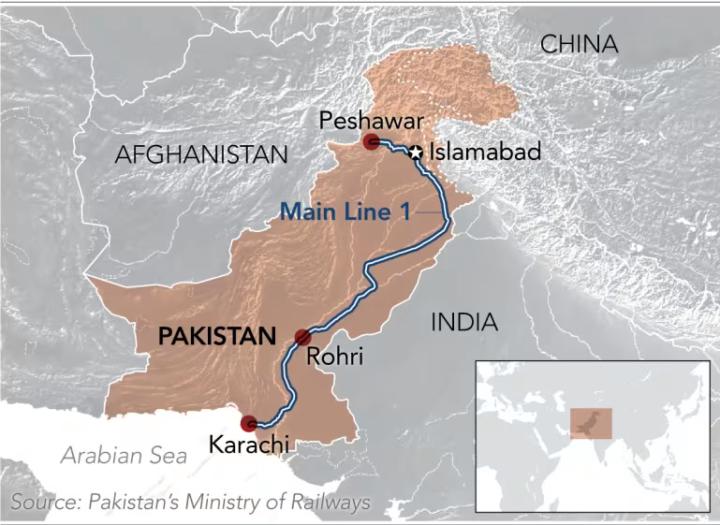
Write something
China left - Who is funding the CPEC?
Column: A Geopolitical Shift in the Shadow of the Himalayas China’s unexpected withdrawal from financing the China-Pakistan Economic Corridor (CPEC) marks a turning point for one of Asia’s most ambitious infrastructure undertakings. Once the flagship of Beijing’s Belt and Road Initiative, the CPEC now finds itself under new stewardship: the Asian Development Bank (ADB) has stepped in to take the lead. This shift is more than financial—it’s geopolitical. The ADB is not a Chinese institution. It’s a multilateral development bank with 68 member countries. Japan and the United States are its largest individual shareholders, each holding approximately 15.6% of the bank’s capital. But behind these headline figures lies a quiet truth: the European Union, when considered as a bloc, is actually the largest shareholder. EU member states such as Germany (4.3%), France (2.3%), Italy, the Netherlands, Spain, and others collectively hold around 15.9% of the ADB’s capital—more than any single country. Yet this influence remains largely invisible. Why? Because the EU does not act as a unified entity within the ADB. Instead, its member states participate individually, diluting their collective weight and visibility. This fragmentation has consequences. In matters of strategic direction, project prioritization, and institutional leadership, the EU’s voice is often softer than its economic power would suggest. While China and the U.S. speak with consolidated authority, Europe remains a patchwork of national positions. With the ADB now overseeing the future of CPEC, Europe faces a rare opportunity. If the EU wants to shape the development agenda in Asia and assert its values on sustainability, governance, and transparency, it must learn to speak as one. Otherwise, it risks remaining the most powerful shareholder no one listens to.
0
0

1-1 of 1

